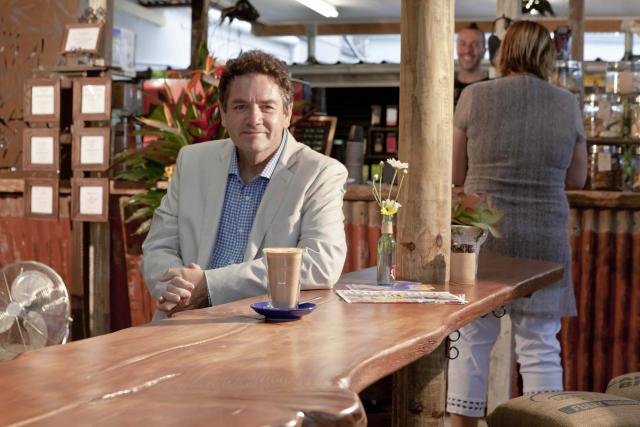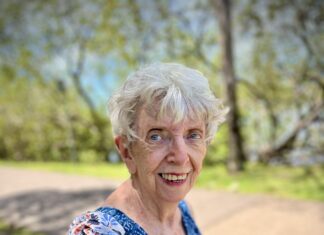Noosa stood at a crossroads at the last Council meeting. After three years of detailed research and careful planning, the future of our community’s housing strategy hung on a knife edge. A single vote could have undone years of work to address the most pressing social and economic challenge of our time—how to keep Noosa liveable, diverse, and economically resilient.
The post-Covid housing crisis is not some abstract policy problem—it’s a lived reality. Nurses, chefs, retail managers, even clerks cannot afford to live here anymore. Median house prices exceed $1 million, with entry-level units fetching around $825,000. That’s not a market correction; that’s social exclusion. Without intervention, Noosa risks becoming a hollowed-out enclave—beautiful, yes, but devoid of the workers and families who give it life.
That’s why the Council’s Housing Strategy demanded action. The amendments just passed do what was needed: further curbing the march of short-term Airbnb-style rentals, freeing up land for permanent housing, and reducing red tape for affordable projects. Consider this: the 2021 Census revealed 36 per cent of Noosa’s housing stock wasn’t being used as a principal residence. Entire neighbourhoods were being cannibalised by the short-stay economy. The new planning rules, the toughest in Queensland, push back hard— new Airbnb-style lets are now ostensibly ‘outlawed’ in all residential and rural zones unless a resident lives on-site.
And while critics muttered about “viability” and “lot size,” the facts speak for themselves. Since 2020, we’ve seen approvals for units on blocks as small as 506 square metres with 8 developments on less than 601 square metres and multiple duplexes on sub-600m² lots. The claim that small-scale developments are now unviable simply doesn’t hold water.
One of the most overlooked but transformative aspects of these amendments lies in the Community Facilities Zone. Historically, this land has been reserved for specific purposes such as schools, aged care, churches, and other community-serving institutions. But under the old planning rules, dwellings were inconsistent, and potentially bogged down in impact assessment, on most of the public and privately owned lots in the zone. That meant expensive application fees, lengthy timeframes, and uncertainty that deterred even the most committed housing providers.
The amendments change that dynamic entirely. They expand the range of permissible residential uses and, crucially, lower the assessment level to code assessment for small-scale projects. A single dwelling (including a tiny home) can now be built without the ordeal of impact assessment, and up to ten multiple dwellings are permissible as code assessable. For community housing groups, this is not just a tweak to process—it’s a saving of up to $50,000 in application fees and at least a month’s worth of holding costs. In the world of affordable housing, where budgets are already thin, those savings can be the difference between a project that proceeds and one that dies on the drawing board.
Then there’s the bigger picture. Failure to adopt these amendments could have soured Noosa’s relationship with the State Government, jeopardising both credibility and increasing the potential for the state to intervene in development control. In fact, the then Minister set clear conditions to refine the scheme back in 2020. Ignoring them would have rendered Council derelict in its duty.
For example, one of those conditions related to the Civic. Thanks to the amendments, we now, have 22,500m² of High-Density Residential zoned land at the Noosa Business Centre, potentially delivering a further 136 extra dwellings if the new bonus provisions are exercised. Projects like the newly completed 90 small dwellings in “The Hof” are just the beginning.
This is about more than roofs and walls—it’s about the shape of Noosa’s future. Affordable housing near our centres, linked to public and active transport, means real opportunities for low-cost, sustainable living. It means fewer cars, more car-share schemes, and a chance to keep the next generation here rather than watching them drift south in search of somewhere they can afford to live.
Let’s be clear: this was a moment of reckoning. Had the amendments failed, Noosa would have broadcast that it prefers exclusion over inclusion. While it was the narrowest of margins, the votes of Councillors Wilkie, Wegener, Finzel and I carried the day. The alternative, in my opinion, would have been a classic case of ‘throwing the baby out with the bathwater’.
I am confident that a liveable, inclusive and environmentally sustainable Noosa is within reach—but only if we keep fighting for it. Housing is not just an economic issue. It’s a moral one. And history will not be kind to those who try to pull up the ladder while the rest of the community is left scrambling below.
Note: The opinions above are my own not necessarily those of Noosa Council.







